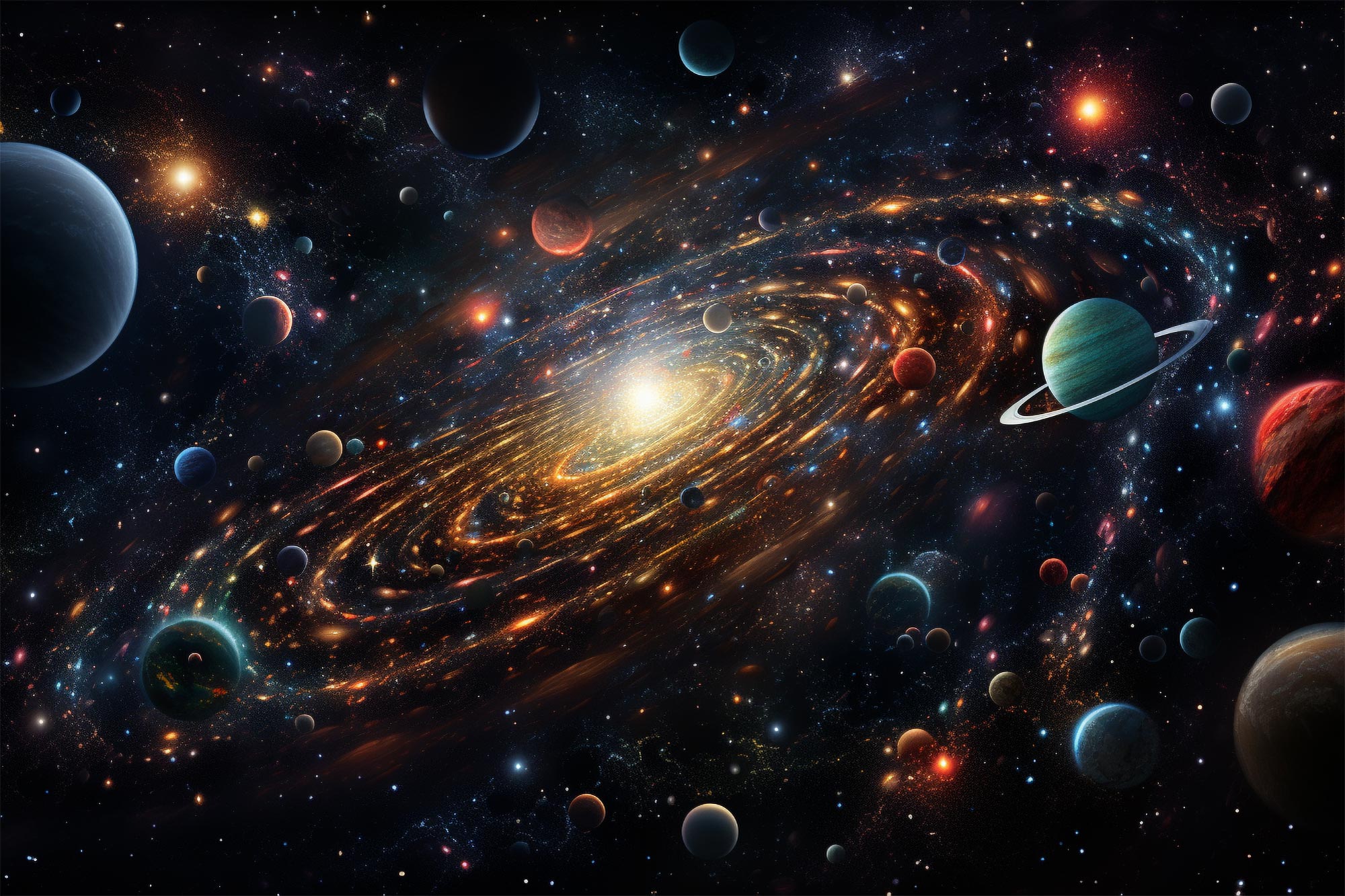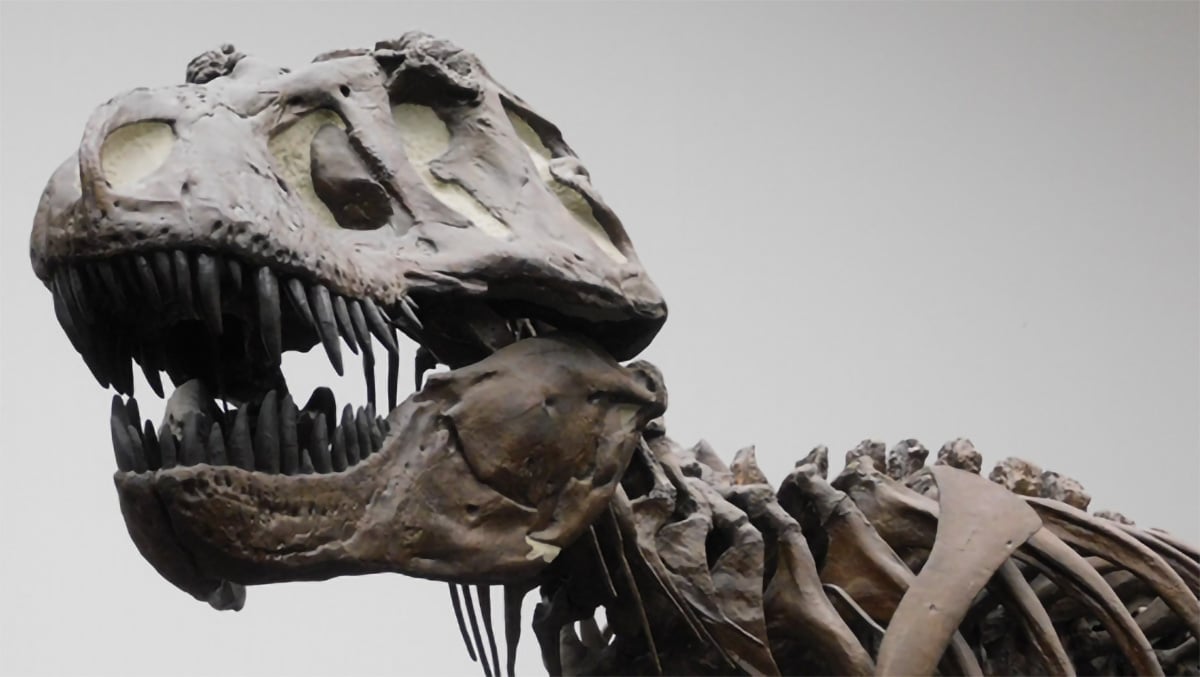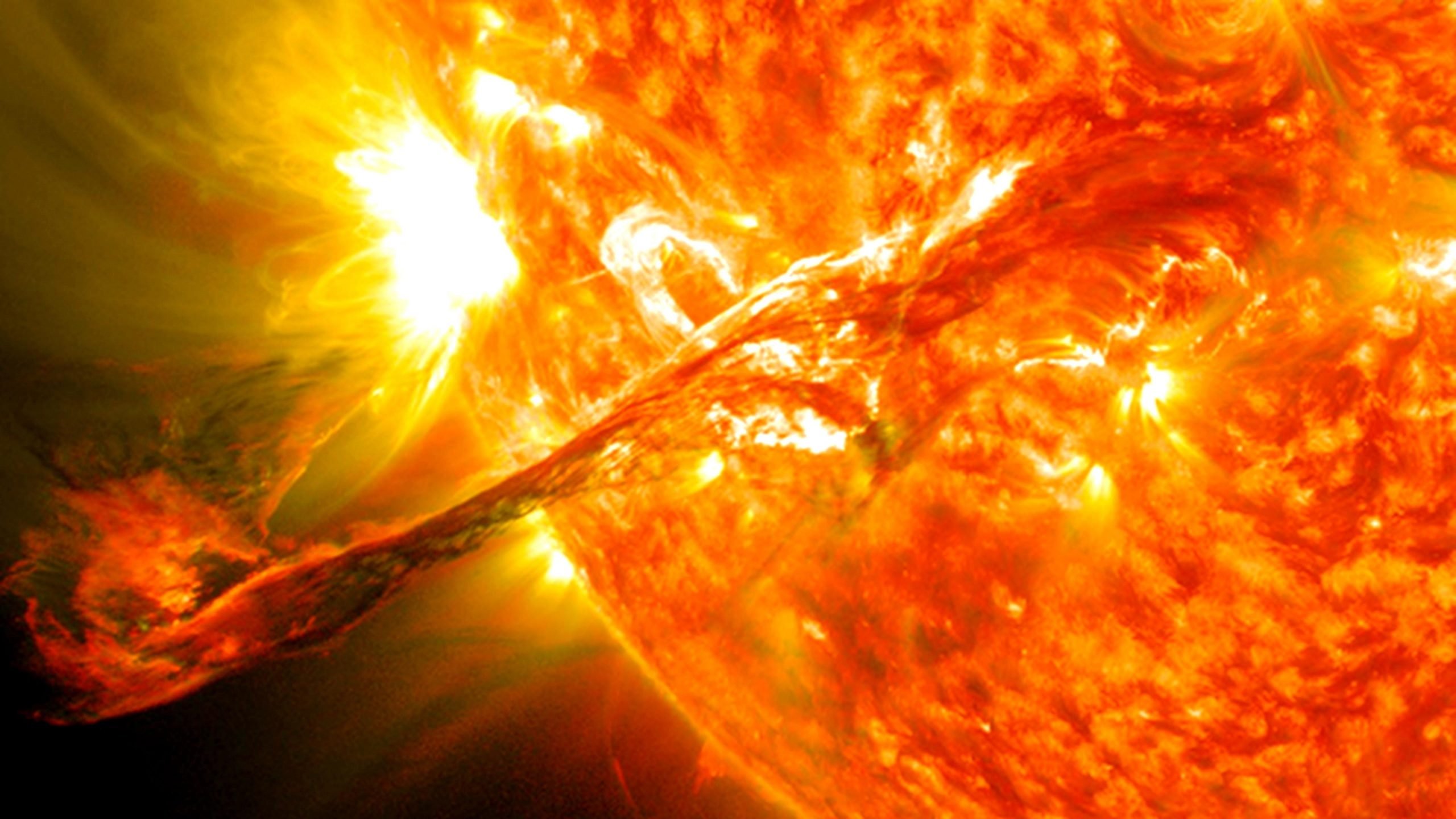El telescopio espacial James Webb de la NASA ha publicado una visualización en 3D que muestra casi 5000 galaxias, incluida la galaxia de Macy, una de las galaxias más antiguas, que se formó 390 millones de años después del Big Bang. Esta importante observación demuestra las capacidades avanzadas de generación de imágenes de Webb, lo que permite a los investigadores explorar partes del universo nunca antes vistas y plantear nuevas preguntas sobre la formación de estrellas en estas galaxias tempranas.
Los datos muestran la capacidad de Webb para visualizar e identificar miles de galaxias simultáneamente.
La Oficina de Divulgación Pública del Instituto de Ciencias del Telescopio Espacial ha lanzado una nueva visualización científica de datos de la Encuesta Científica de Publicación Temprana de la Evolución Cósmica (CEERS). El video es la exploración de Webb de la región conocida como Extended Groth Strip, que revela muchas galaxias que nunca antes se habían visto. Muestra una gran cantidad de galaxias en todo el universo y concluye con la galaxia de Macy, ubicada a 13.400 millones de años luz de la Tierra.
Esta visualización en 3D muestra alrededor de 5000 galaxias dentro de una pequeña porción de la encuesta CEERS (Cosmic Evolution of Early Launch Science), que recopiló datos de una región conocida como Extended Groth Strip. A medida que la cámara se aleja de nuestra vista, cada segundo equivale a 200 millones de años luz en el conjunto de datos, viendo otros 200 millones de años en el pasado. Las apariencias de las galaxias están cambiando, lo que refleja el hecho de que los objetos distantes se vieron en épocas anteriores del universo, cuando las galaxias estaban menos desarrolladas. El video termina en la Galaxia de Maisie, que se formó apenas 390 millones de años después del Big Bang, o hace unos 13.400 millones de años.
La nueva visualización en 3D destaca 5.000 galaxias reveladas por el Telescopio Espacial Webb
Este video, una visualización científica de las galaxias capturadas como parte de CEERS Survey (Early Launch Science of Cosmic Evolution), que presenta una gran misión anterior[{» attribute=»»>NASA’s James Webb Space Telescope. It flies by thousands of galaxies, starting with those nearby and ending with less-developed galaxies in the very distant universe, including one never seen before Webb.
The area highlighted in this visualization is a small part of the Extended Groth Strip, a region between the Ursa Major and Boötes constellations originally observed by the Hubble Space Telescope between 2004 and 2005. While this vast region contains about 100,000 galaxies, the visualization focuses on approximately 5,000 – with the nearest and more complex galaxies, shown in the beginning, located within a few billion light-years of Earth. As the visualization proceeds, showing galaxies farther away from Earth, we see different stages of the universe’s history and evolution.

Extended Groth Strip. Credit: NASA, ESA, M. Davis (University of California, Berkeley), and A. Koekemoer (STScI)
The visualization’s farthest galaxy, known as Maisie’s Galaxy, is a target of great interest to astronomers. It formed about 390 million years after the big bang, or about 13.4 billion years ago. It’s not only one of the first bright, extremely distant galaxies found by Webb, but it’s also an example of an early galaxy that only Webb could see. This is because Webb’s instruments can capture the light from these early galaxies, which has been shifted to infrared wavelengths by the expansion of the universe.
“This observatory just opens up this entire period of time for us to study,” said Rebecca Larson of the Rochester Institute of Technology in Rochester, New York, one of the survey’s investigators. “We couldn’t study galaxies like Maisie’s before because we couldn’t see them. Now, not only are we able to find them in our images, we’re able to find out what they’re made of and if they differ from the galaxies that we see close by.”
Steven Finkelstein of the University of Texas at Austin, principal investigator of the CEERS program, continued, “This observation exceeded our expectations. The sheer number of galaxies that we’re finding in the early universe is at the upper end of all predictions.” The observatory’s ability to conduct surveys like these provides a demonstration of Webb’s instruments for astronomers to reference for future observations.
This visualization not only shows just how far Webb can observe, but also how much it builds off the accomplishments of Hubble. In many cases, Hubble’s observations, along with Webb’s data from the CEERS Survey, enabled researchers to determine which galaxies were truly far away – the early-universe galaxies of interest – and which were nearby, but so dusty that their visible light was obscured.
With these observations, the next goal for researchers is to learn about the formation of stars in these early galaxies.
“We’re used to thinking of galaxies as smoothly growing,” Finkelstein remarked. “But maybe these stars are forming like firecrackers. Are these galaxies forming more stars than expected? Are the stars they’re making more massive than we expect? These data have given us the information to ask these questions. Now, we need more data to get those answers.”
The James Webb Space Telescope is the world’s premier space science observatory. Webb is solving mysteries in our solar system, looking beyond to distant worlds around other stars, and probing the mysterious structures and origins of our universe and our place in it. Webb is an international program led by NASA with its partners, ESA (European Space Agency) and the Canadian Space Agency.

«Zombieaholic. Nerd general de Twitter. Analista. Gurú aficionado de la cultura pop. Fanático de la música».





